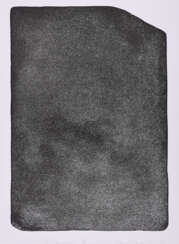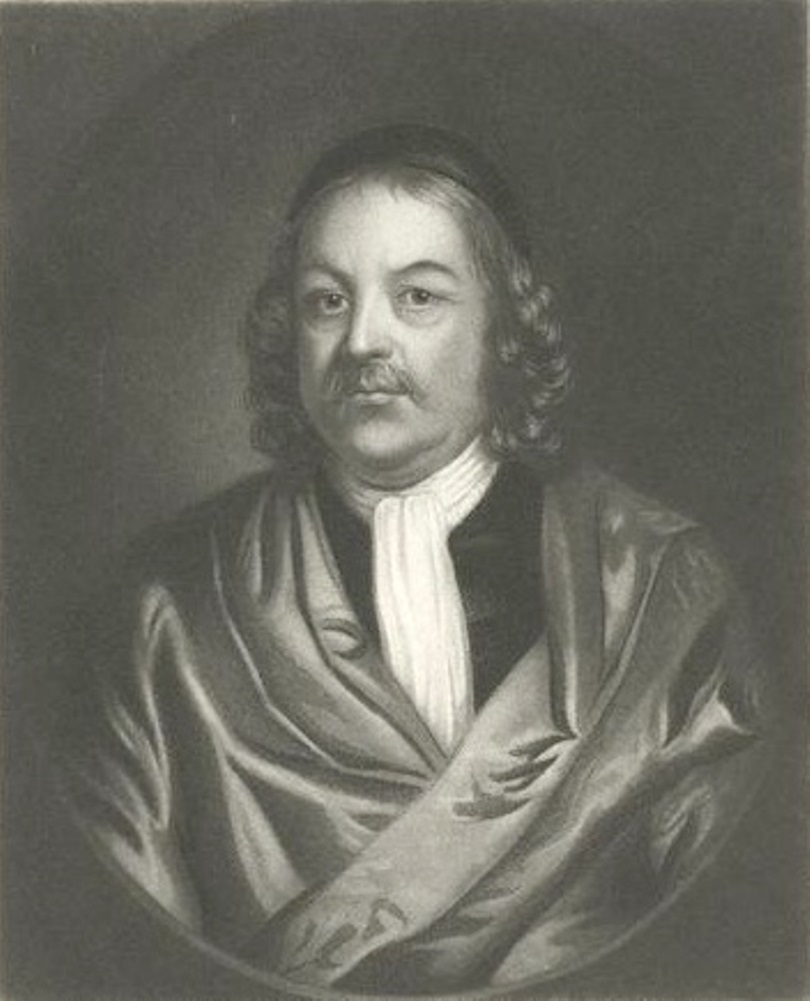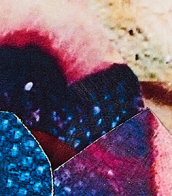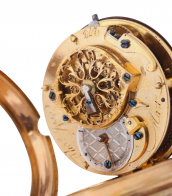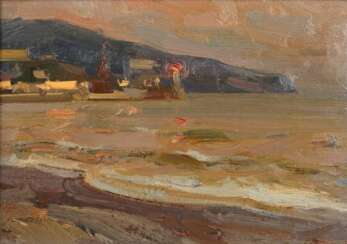witch
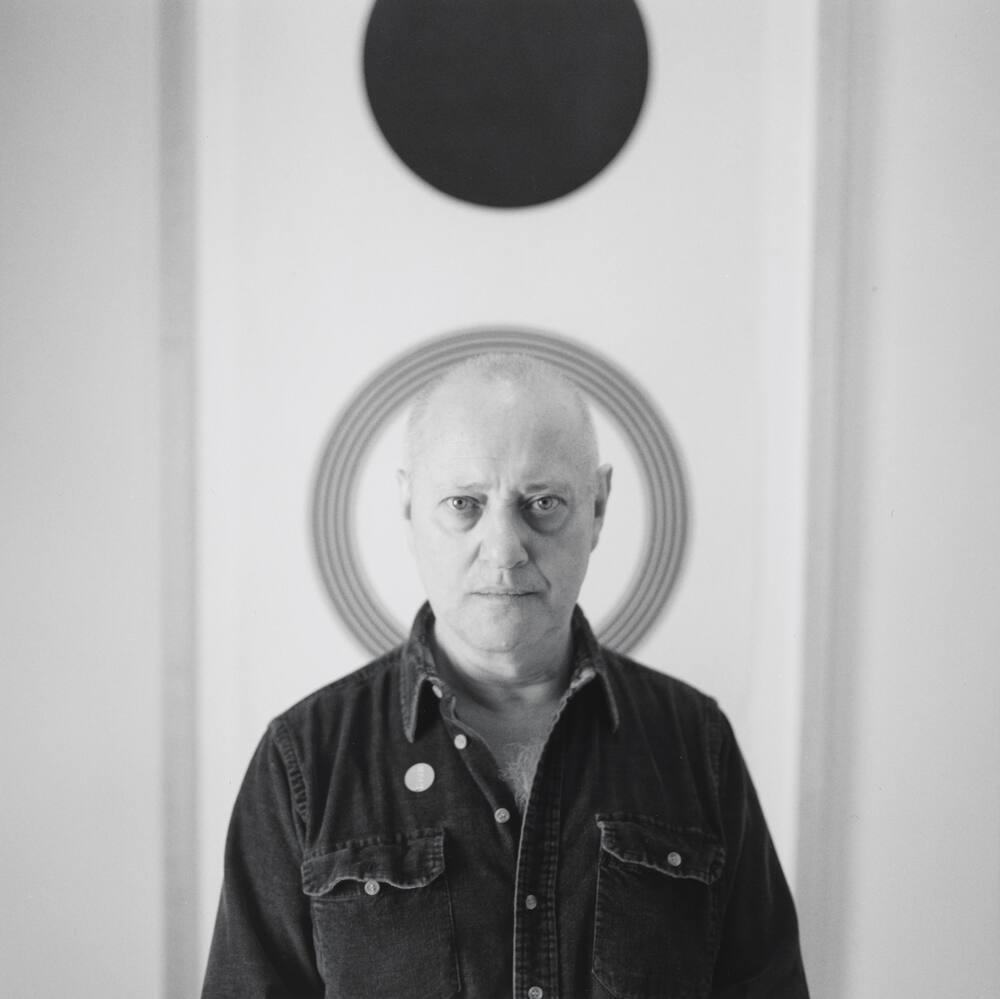




James Fenimore Cooper is an American writer and the founder of the Western genre.
Cooper is the first major American novelist, he wrote a whole series of novels from American life: "The Pioneers" (1823), "The Last of the Mohicans" (1826), "The Prairie" (1827), "The Pathfinder" (1840), "The Beastmaster, or the First Warpath" (1841). The author fascinatingly and vividly describes how Europeans waged wars among themselves on the American continent, involving Indian tribes in these strife. All of these works were a huge success in 19th century Europe and are still being reprinted today.
At the height of his popularity, Cooper spent seven years in Europe, and then returned to the United States, where he wrote works on military-historical and maritime themes until his advanced old age. Among them are "The Pilot, or Maritime History" (1823), "The Red Corsair" (1827).


John Hathorne was a merchant and justice of the peace of the colony in Massachusetts, United States.
Hathorne's father, Major William Hathorne, was among the first settlers of the Massachusetts Bay Colony in the 1630s, holding a number of military and political positions over several decades.
John Hathorne himself is known for having participated as a justice of the peace in 1692 in the famous Salem Witch Trials during the witchcraft hysteria. Extant documents prove that Hathorne was the chief prosecutor, convinced of the guilt of the accused. The trial ended with the execution of 20 people, and John Hathorne never repented, although the High Court later acquitted most of the accused. He was appointed a member of the Superior Court in 1702 and sat on it for ten years.
John was the great-great-grandfather of the writer Nathaniel Hawthorne (1804-1864), author of many works, including The Scarlet Letter and The House of the Seven Gables. They are set in Salem and contain allusions to the witch trials in the history of the house. John Hathorne's personality has served as a prototype for the bigoted and demonic characters of many works by other authors. And Nathaniel Hawthorne himself changed the spelling of his surname to distance himself from his ancestor.




Cynthia Morris Sherman is an American artist whose work consists primarily of photographic self-portraits, depicting herself in many different contexts and as various imagined characters.
Her breakthrough work is often considered to be the collected Untitled Film Stills, a series of 70 black-and-white photographs of herself evoking typical female roles in performance media (especially arthouse films and popular B-movies). In the 1980s, she used color film and large prints, and focused more on costume, lighting and facial expression.



John Neal is an American writer, editor, and community activist.
Neal served for many years as editor of the Yankee and Boston Literary Gazette periodicals, publishing critical essays and always striving to promote American literature. While living in England in the 1820s, he wrote a long series of articles published in Blackwood's Edinburgh Magazine, essentially telling the story of American literature, which helped change the perception of American art in Britain.
Back in America, he used his popularity and influence to support young writers such as Poe and Whittier. In particular, it was Neale who put Edgar Allan Poe's very name in print and the very first words of encouragement to his work.
Neal's early recognition of Poe's genius was crucial to the budding talented writer's career. John Neel also wrote long adventure novels with complex plots, of which "Rachel Dyer" is considered the best, and "Bag Otter, Chief of the Oneida" and "David Whicher" are his best stories.
John Neal was also a very active social and political activist. In his literary work and lectures, he constantly addressed issues such as feminism and women's rights, slavery, the rights of free black Americans and American Indians, temperance, sports, and many others.



John Greenleaf Whittier was an American poet, essayist, and member of the American Anti-Slavery Society.
Whittier devoted 30 years of his life to the fight against slavery. Only after the Civil War, already at a mature age, he was finally able to engage in his favorite pastime - poetry. Past his fascination with Burns, Whittier became an eloquent advocate of justice, tolerance, and liberal humanism. He has been called "America's finest religious poet" for the high spiritual and moral values he extolled, and many of his poems are still sung as church hymns.
Whittier also wrote about the region's past, about life in New England before industrialization. In late nineteenth-century America, Whittier was second only to Henry Wadsworth Longfellow in popularity. His most famous poem, "Bound by Snow," was published in 1866. Whittier was also a longtime editor of the New England Weekly Review.


Mark Flood is an American artist.
Flood has worked in several media and formats such as painting, installation, artist's books and photo-collage. His paintings created with lace have been called "spinster abstraction". The process involves collecting lace and shredding it, soaking the lace in paint, and then draping it over a painted canvas. A pattern is left on the canvas after removing the lace.



